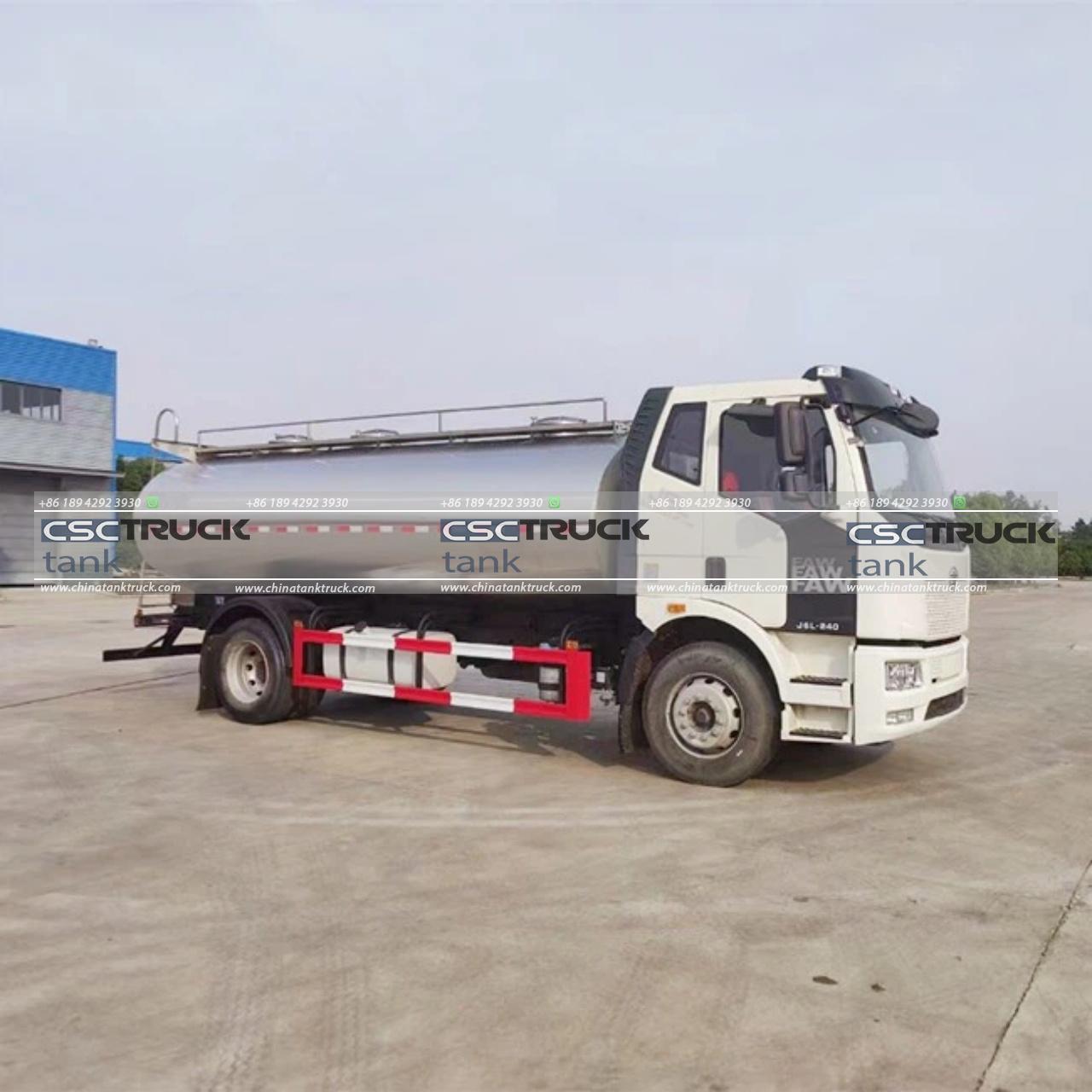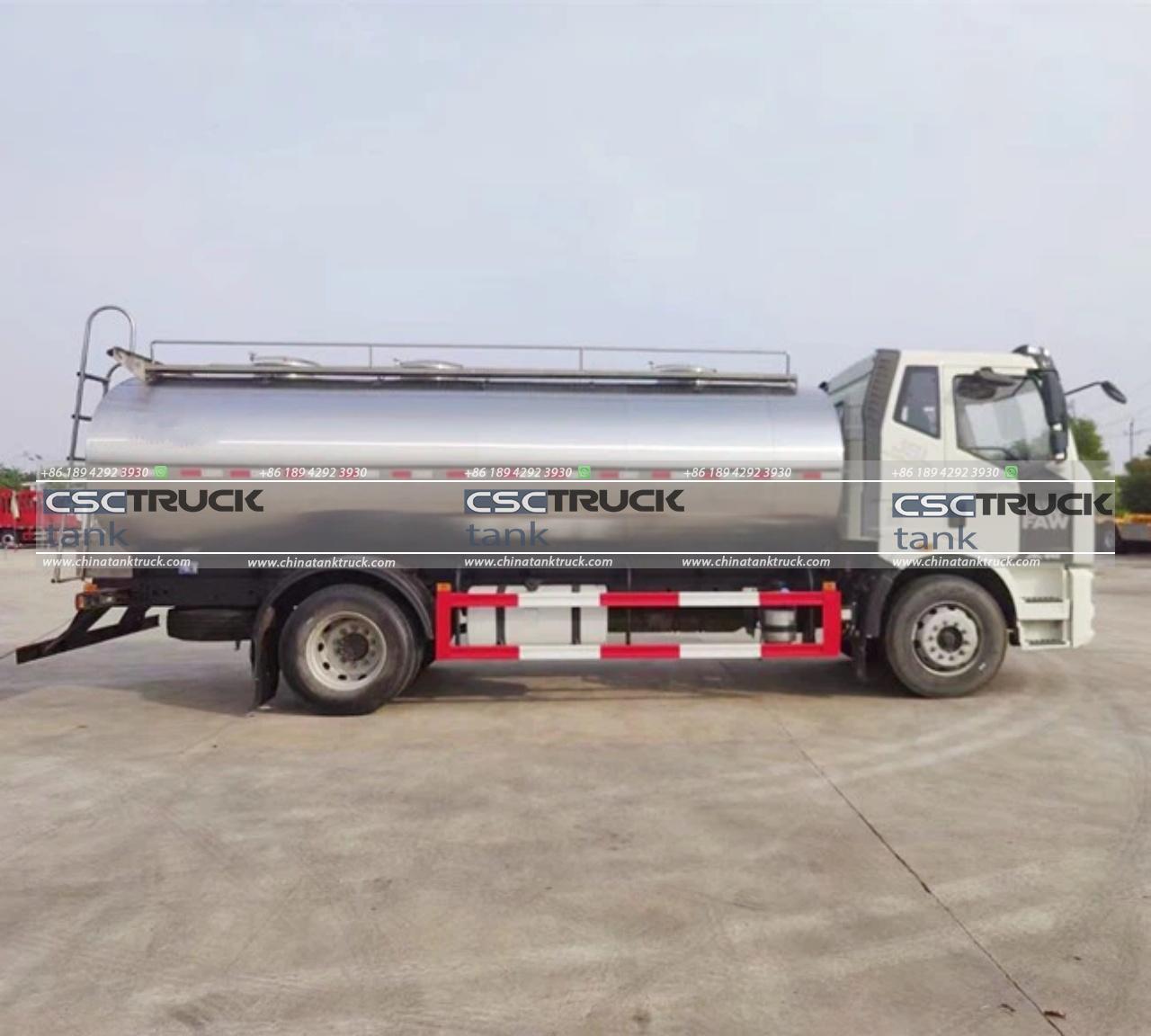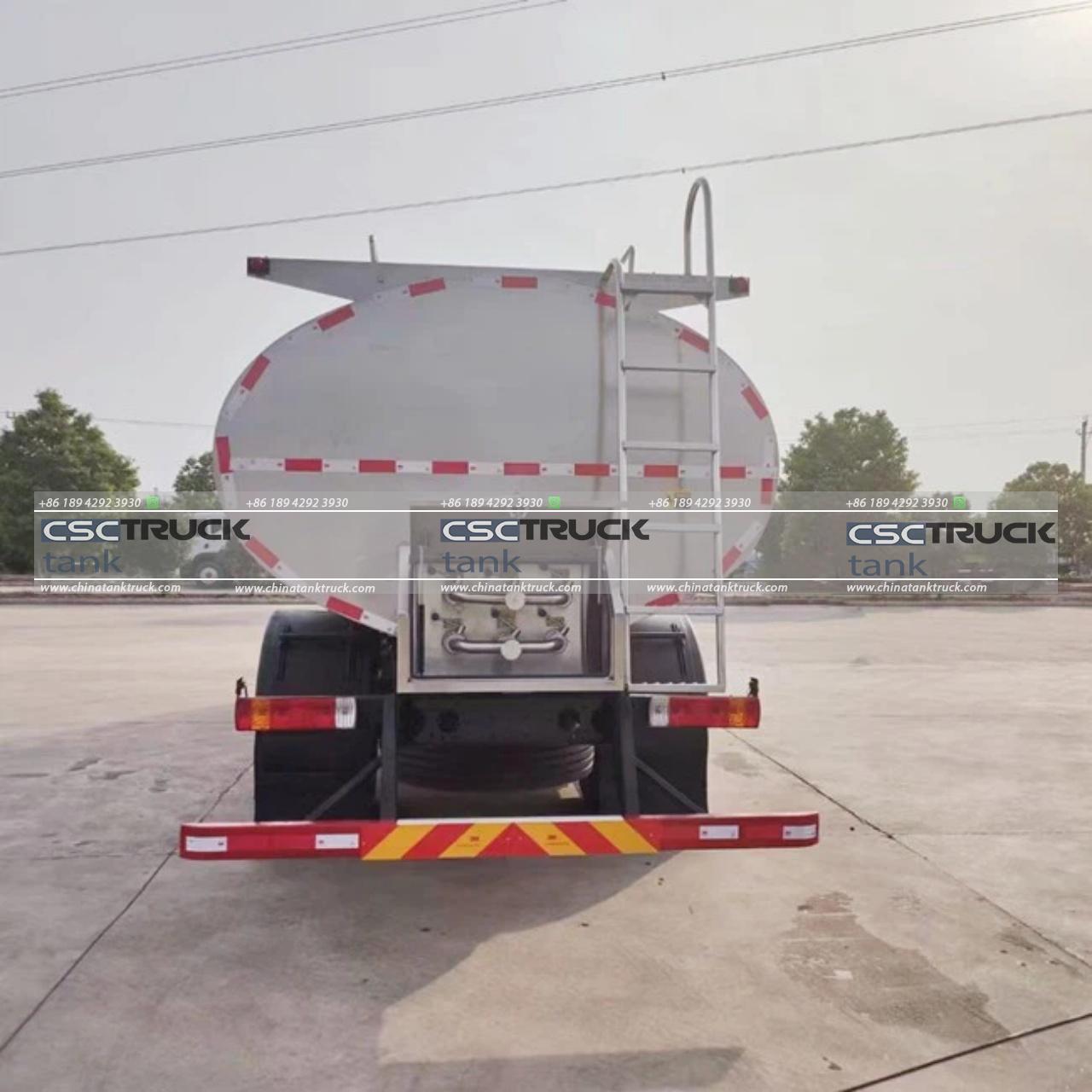How Long is a Tanker Truck?
When navigating the complexities of transportation and logistics, understanding the dimensions of various vehicles becomes crucial. One such vehicle whose size and specifications are often of significant interest is the tanker truck. These trucks are essential for transporting liquids, chemicals, fuels, and other substances, and their dimensions can impact everything from road safety to cargo capacity. So, how long is a tanker truck?
The Basics of Tanker Truck Dimensions
Tanker trucks are designed to carry a variety of liquids, ranging from water and milk to fuels and industrial chemicals. The length of a tanker truck can vary based on its intended use, local regulations, and the type of liquid being transported. Generally speaking, the length of a standard tanker truck ranges from 30 to 70 feet.
1. Single-Trailer Tanker Trucks
The most common tanker trucks are single-trailer configurations. These are often used for transporting fuels, chemicals, or food-grade liquids. The length of these trucks typically falls between 30 and 50 feet. In the United States, a common size for these vehicles is about 40 to 45 feet in length.
The design of single-trailer tankers ensures that they can navigate a variety of road types and comply with weight and length regulations set by federal and state authorities. The specific length can vary based on the tank’s capacity and the truck’s chassis. For example, a fuel tanker used for distributing gasoline or diesel may be on the shorter end of the scale to facilitate maneuverability in urban areas.
2. Double-Trailer Tanker Trucks
Double-trailer tanker trucks, also known as “tanker B-trains” or “tanker combinations,” are a more complex configuration. These trucks consist of a tractor unit pulling 2 tanker trailers connected by a coupling. The total length of these combinations can range from 70 to 100 feet, with the 2 trailers each being about 30 to 40 feet long.
Double-trailer tankers are commonly used for transporting larger volumes of liquid over long distances. They offer greater cargo capacity but require more careful handling and maneuvering due to their length. These trucks are more common in regions with extensive highway systems and less urban traffic.

Factors Influencing Tanker Truck Length
Several factors can influence the length of a tanker truck, including regulatory requirements, the type of liquid being transported, and the design of the truck itself.
1. Regulatory Requirements
Different countries and regions have varying regulations concerning the length of tanker trucks. In the United States, for example, federal regulations set limits on truck lengths, but individual states may have additional requirements or allowances. For instance, while the Federal Motor Carrier Safety Administration (FMCSA) regulates truck sizes, states can impose stricter or more lenient rules based on local needs.
In Europe, regulations are similarly stringent but vary by country. The European Union has set general guidelines for maximum lengths and weights, but individual nations may have specific rules for different types of tanker trucks.
2. Type of Liquid Being Transported
The type of liquid being transported can also affect the tanker’s design and length. For instance:
– Fuel Tankers: Fuel tankers, designed to carry gasoline, diesel, or other fuels, typically fall within the 40 to 50 feet range. They are often designed with additional safety features to prevent spills and handle flammable materials.
– Food-Grade Tankers: Tankers transporting food-grade liquids, such as milk or juice, may be similar in length to fuel tankers but may include specialized equipment for maintaining the quality and safety of the food product.
– Chemical Tankers: These tankers can vary widely in length depending on the type of chemicals being transported. Some chemicals require special containment systems, which can influence the design and length of the tanker.
3. Design and Configuration
The design and configuration of the tanker truck can also influence its length. For example:
– Single Compartments vs. Multiple Compartments: Tankers with multiple compartments can be longer than those with a single compartment. Each compartment can be used to transport different types of liquids or to segregate different grades of the same liquid.
– Refrigerated Tankers: Some tankers are designed with refrigeration units for temperature-sensitive liquids. These tankers might be slightly longer to accommodate the refrigeration equipment.

Practical Considerations
Understanding the length of tanker trucks is important for various practical reasons, including road safety, logistics, and vehicle maintenance.
1. Road Safety
Longer tanker trucks can be more challenging to maneuver, especially in tight spaces or on narrow roads. Drivers must be well-trained to handle the increased length and turning radius of these vehicles. Additionally, longer trucks may require more space for stopping and maneuvering, which can affect traffic flow and road safety.
2. Logistics
For logistics companies, knowing the dimensions of tanker trucks helps in planning routes, managing cargo, and ensuring compliance with regulations. Proper planning ensures that trucks can access loading and unloading facilities without difficulties.
3. Maintenance
Longer tanker trucks can also present challenges in terms of maintenance. Regular inspections and upkeep are crucial to ensure the vehicle remains in good working condition and complies with safety standards.

Conclusion
In summary, the length of a tanker truck can vary widely depending on its configuration, the type of liquid it transports, and regulatory requirements. Single-trailer tankers typically range from 30 to 50 feet, while double-trailer tankers can extend to 70 to 100 feet. Understanding these dimensions is essential for safe operation, effective logistics, and proper maintenance. As the transportation industry evolves, so too will the designs and regulations surrounding tanker trucks, continuing to shape the landscape of liquid transportation.

